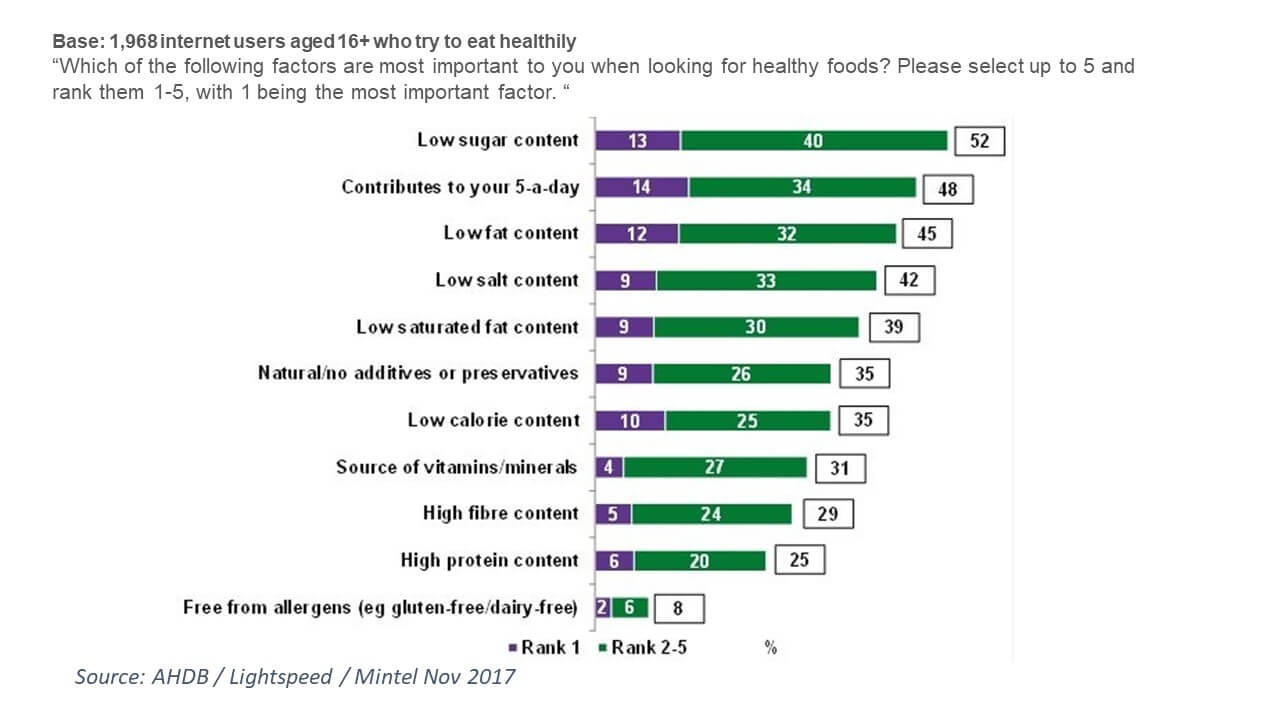Good fat, bad fat
Tuesday, 13 March 2018
How are consumers’ perceptions of fat and health changing? As sugar is increasingly demonised in the media, fat is becoming more acceptable and the dominance of low-fat claims are losing their traction. Consumers are now talking more about “good fats” and the trend towards less processed foods reflects this. Where are the opportunities for meat and dairy producers here?
Introduction
Attitudes to food and what constitutes a healthy diet are changing. Consumers have been subject to an increasingly complex assortment of messages on how and what they should be eating. A plethora of approaches - from eating clean and low-fat, to paleo and low-carb, high-fibre, natural and unprocessed, to whole food and veganism - have all been touted as the best way of eating that promises to deliver health, well-being and a slimmer waist. Since the 1960s, the most orthodox health advice, as given by the government, has been to eat a diet high in carbohydrates and fruit and vegetables, moderate in protein and low in fat. Additionally, that people should limit saturated fats from sources such as butter, cream and fatty meat and replace with oils from vegetable sources.
Not so sweet now
In more recent years, as health issues such as obesity and diabetes have become increasing problems in the West, there has been more of a societal focus on trying to limit sugar consumption, with possible solutions such as the sugar tax debated in parliament and the imposition of controls on advertising sugary foods to children. There has been recognition in some quarters that low-fat options are often loaded with sugar and there has been a new acceptance that eating fat is not the sin that it once was. Since 2012, low sugar is now a bigger draw than low fat in terms of consumers’ priorities.

Topics:
Sectors:
Tags:


